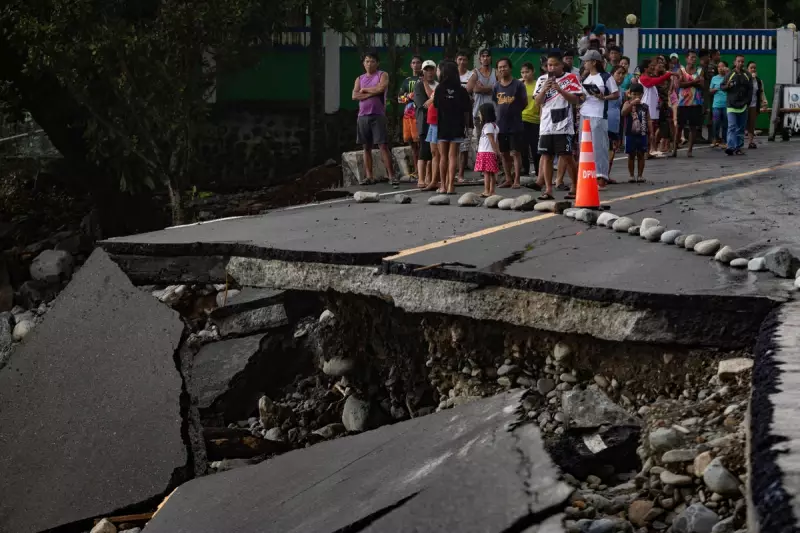
Meteorologists are issuing a stark warning that the La Nina weather phenomenon could trigger more devastating storms across Southeast Asia, just days after consecutive typhoons left a trail of destruction in the Philippines, claiming more than 250 lives.
A Nation Reeling from Successive Storms
The southeast Asian country is in a state of crisis after being pummelled by Typhoon Kalmaegi and Super Typhoon Fung-wong. The successive storms caused untold devastation, displacing over one million people and flattening structures on Luzon, the country's main island in the north.
As authorities continue to grapple with the aftermath and recovery efforts, a leading international forecaster has cautioned that the danger may not yet be over for the beleaguered nation.
The La Nina Link to Intensified Storms
Jason Nicholls, lead international forecaster with AccuWeather, expressed his concern to The Independent, stating he fears the Philippines is "not out of the water yet for another tropical impact or two" before the end of 2025. He noted the country has already been hit multiple times recently.
The heightened risk is attributed to the arrival of the La Nina system. Dr Samantha Burgess, deputy director of the Copernicus Climate Change Service (C3S), explained that during La Nina, which involves the cooling of sea surface temperatures in the Central Pacific, the wind shear that normally inhibits hurricane formation is weakened.
This creates conditions that can seed hurricanes, resulting in a "more active and a longer hurricane season". Forecasters believe this mechanism likely contributed to the environment that allowed Hurricane Melissa to devastate Jamaica and the Caribbean in October.
A Milder But Still Dangerous Event
Despite the concerns, scientists note that the current La Nina event is expected to be weaker and shorter-lived than usual. Mr Nicholls confirmed that La Nina "overall should be on the weaker side", leaving some uncertainty about how extreme its impacts will be.
Dr Burgess elaborated, stating that current sea surface temperatures are "just below average, rather than significantly below average". However, the scientific community admits it does not have a clear understanding of why some El Nino or La Nina events are more severe than others.
While the Atlantic has grown unusually quiet following Hurricane Melissa, Mr Nicholls said his primary concerns are now "mostly around the Philippines". He also warned that eastern Australia could face severe weather impacts, including potential flooding in the late November-December period, as the region often experiences heavy rains during La Nina.





